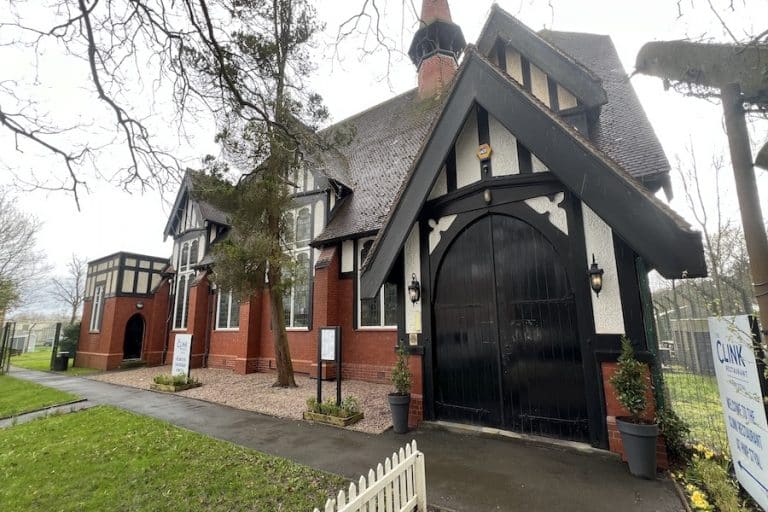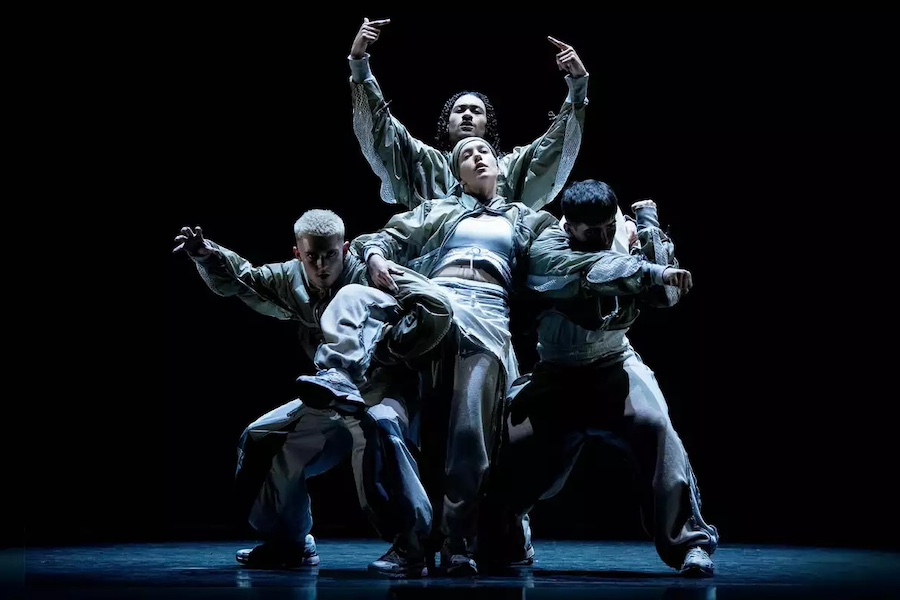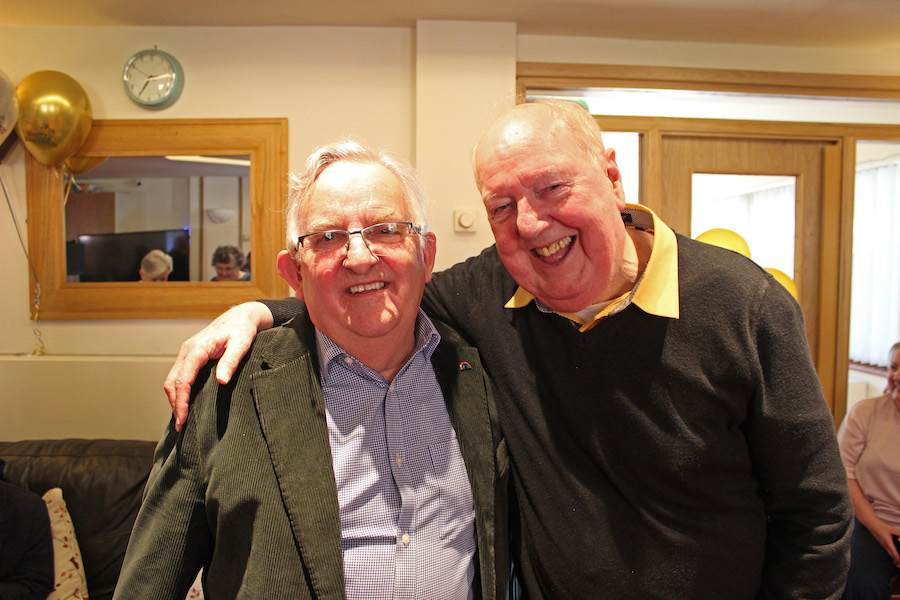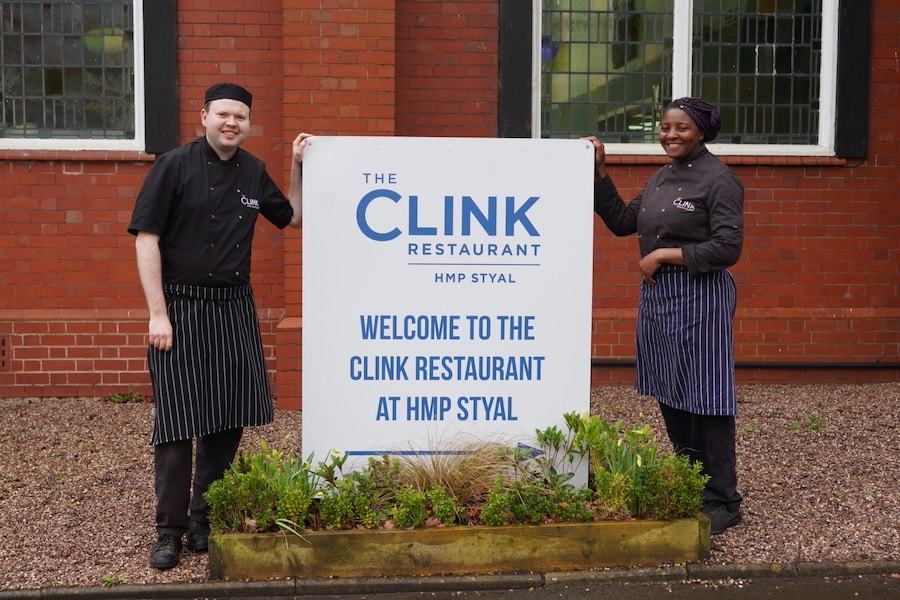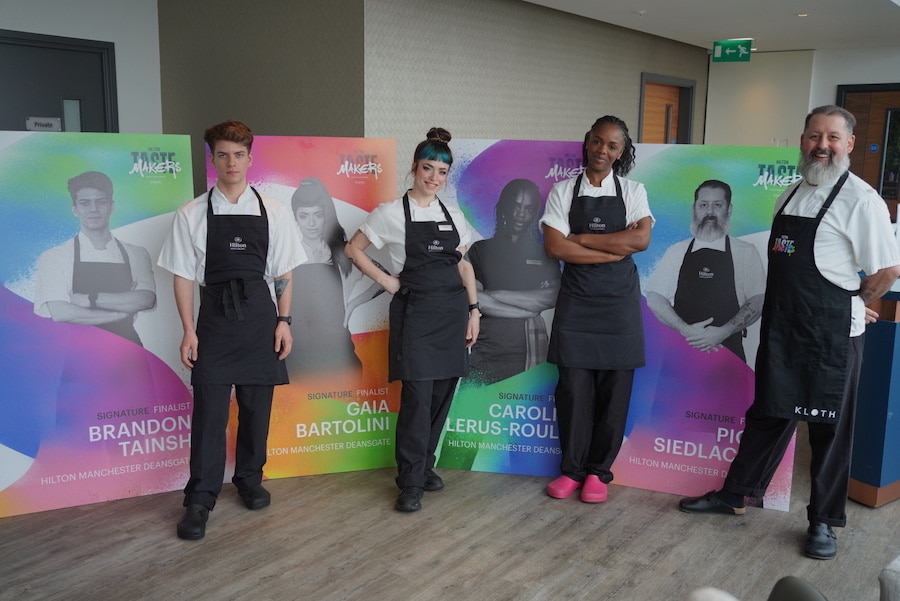The truth about the 1996 Manchester bombing – and the making of modern Manchester
- Written by Ray King
- Last updated 10 months ago
- Cornerstone, Culture, History
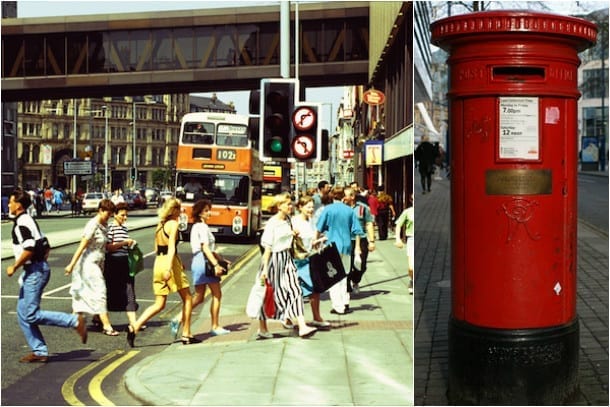
Saturday, 15th June 1996 dawned bright and sunny and Manchester had every reason to feel good about itself.
What happened in Manchester in 1996?
Shoppers flocked into the city on the eve of Father’s Day, mingling with football fans from Italy, Germany, Russia and the Czech Republic, in town for the Group C matches in the Euro 96 Championships at Old Trafford.
The grim, confrontational mid-1980s were history. Manchester was on the move.
Metrolink trams were running through the city centre. The Bridgewater Hall, the prestigious new home of The Hallé, was almost complete. Regeneration of the vast Victorian Great Northern Warehouse complex was coming on stream.
Castlefield had been re-invented as Britain’s first urban heritage park. The Northern Quarter was taking shape and the vision of young entrepreneurs like Tom Bloxham were attracting back city centre residents in large numbers.
Manchester had won the right to host the Commonwealth Games in 2002 and, perhaps most crucially – for the process became a blueprint for what was to come – Hulme had been transformed from a modern slum to a model inner-city suburb.
In an instant at 11.17 am, confident Manchester was faced with the most devastating calamity since the Second World War as the biggest bomb ever detonated on the British mainland in peacetime tore the commercial heart out of the city centre and rained debris and shards of glass down like a nightmarish thunderstorm. More than 200 people were wounded, several seriously but, miraculously, no one was killed.
The police had just over an hour to clear the thronging streets after the coded warning was given.
READ MORE: Your Manchester Arndale memories as shopping centre celebrates 40th birthday
The bomb itself – a ton and a third of home-made explosive primed with a Semtex fuse and packed into a Ford Cargo lorry – had been spotted soon enough in Corporation Street between Marks & Spencer and the Arndale Centre, but ushering an estimated 80,000 people away and holding a cordon half a mile in diameter proved an enormous task. But the police had got lucky for there were many extra officers on duty that morning because of the football tournament. Without them, mass evacuation might not have been achieved.
The devastation was enormous. Retailers that suffered major structural damage in the blast included Marks & Spencer (60,000 sq ft), Argos (40,000 sq ft), Top Man (15,000 sq ft), Boots and WH Smith (both 10,000 sq ft), the clothing store UCS (5,000 sq ft) and Dorothy Perkins (2,000 sq ft). Partial structural damage was sustained by British Home Stores (40,000 sq ft), Littlewoods (40,000 sq ft) and the Ramada Hotel on Deansgate (40,000 sq ft).
Though the destruction of Marks and Spencer’s and the west frontage of the Arndale Centre – both relatively modern buildings – were the most obvious effects of the blast, the power of the explosion also inflicted grave damage on a number of the city’s historic landmarks, most seriously the Royal Exchange, Corn Exchange, Manchester Cathedral and even St Ann’s Church.
What happened to the city after the 1996 Manchester bombing?
Eleven days after the blast, the devastating scale of the damage and its potential impact on the city’s future was sinking in and, despite all the initial bravado, the demand for the establishment of a task force headed by a minister of Cabinet rank to spearhead a £500 million rebuilding drive spoke volumes about the crisis Manchester knew it was facing.

But speaking after emerging from talks with new council leader at the time, Sir Richard Leese, deputy prime minister Michael Heseltine galvanized his audience with a commitment that the government would not only help Manchester reinstate the damage but would also seize the opportunity to do much more. He declared that construction would be thrown open to an international competition seeking a range of ideas and imaginative concepts to take the city into the 21st century.
The temptation to repair and reinstate as quickly as possible was driven by the imminent opening of Britain’s biggest out-of-town shopping mall just over six miles to the west – The Trafford Centre, now a £650 million complex of 280 shops and stores, 38 restaurants, twenty cinema screens and 10,000 free car parking spaces.
The city’s decision to resist that temptation and to invite master planners to create the new Millennium Quarter and, crucially, New Cathedral Street and Exchange Square, paid off to the extent that some people still hold the mistaken belief that the bomb was the making of modern Manchester.
Was the 1996 IRA bomb the making of modern Manchester?
It wasn’t. It was a disaster that the city had, by 1996, the wherewithal, experience and courage to handle well, though new priorities were set by the location of the blast to which the architects and designers who spoke at the recent Manchester Histories’ symposium, applied their skills.
So, two decades after the bombing, the question remains: who did it?
No one has ever been brought to justice for the outrage and it is highly improbable anyone ever will. But on 15th July 1996, exactly one month after the Manchester bomb, six members of the Provisional IRA were arrested and charged with conspiring to cause explosions at electricity sub-stations in the south of England. At the time they were described as one of the most dangerous terrorist gangs ever to work on the UK mainland and at their subsequent trial, each was sentenced to 35 years. By the end of June 2000, under the terms of the Good Friday Agreement, they had all walked free from jail.
It emerged that Greater Manchester had what they believed was compelling albeit circumstantial evidence, based upon mobile phone intercepts, that this same six had carried out the 1996 Manchester bombing. Leaked information naming the six was published by the Manchester Evening News in April 1999.
The revelations resulted in the only person ever charged with an offence in connection with the Manchester bomb being brought before a jury – Detective Chief Inspector Gordon Mutch, the officer leading the inquiry. He was charged with misconduct in public office for allegedly passing information to crime reporter Steve Panter.
When Panter, called as a witness at the detective’s trial, refused to name his source, he was declared to be in contempt of court. Mutch was acquitted but, unusually, ordered to pay £10,000 towards his own defence costs. The judge in the case was Mr – as he then was – Justice Leveson.
- This article was last updated 10 months ago.
- It was first published on 15 June 2016 and is subject to be updated from time to time. Please refresh or return to see the latest version.
Did we miss something? Let us know: press@ilovemanchester.com
Want to be the first to receive all the latest news stories, what’s on and events from the heart of Manchester? Sign up here.
Manchester is a successful city, but many people suffer. I Love Manchester helps raise awareness and funds to help improve the lives and prospects of people across Greater Manchester – and we can’t do it without your help. So please support us with what you can so we can continue to spread the love. Thank you in advance!
An email you’ll love. Subscribe to our newsletter to get the latest news stories delivered direct to your inbox.
Got a story worth sharing?
What’s the story? We are all ears when it comes to positive news and inspiring stories. You can send story ideas to press@ilovemanchester.com
While we can’t guarantee to publish everything, we will always consider any enquiry or idea that promotes:
- Independent new openings
- Human interest
- Not-for-profit organisations
- Community Interest Companies (CiCs) and projects
- Charities and charitable initiatives
- Affordability and offers saving people over 20%
For anything else, don’t hesitate to get in touch with us about advertorials (from £350+VAT) and advertising opportunities: advertise@ilovemanchester.com

Head down the rabbit hole for Adventures in Wonderland with Z-arts
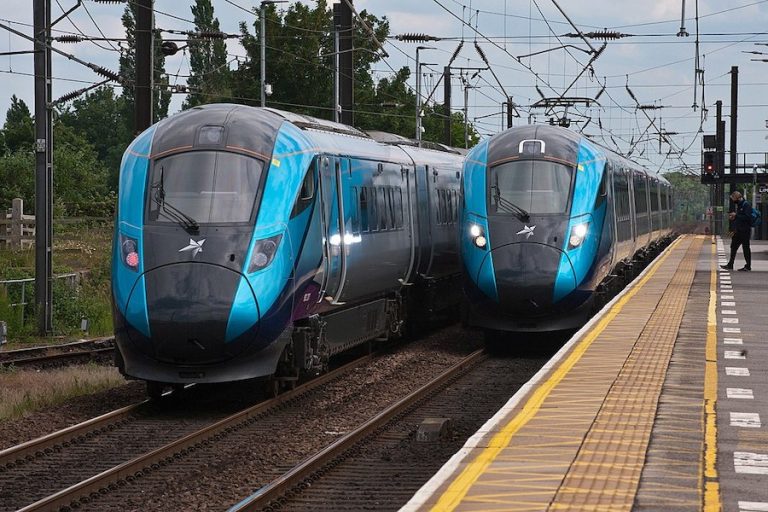
Major rail investment set to transform Manchester-Leeds commutes
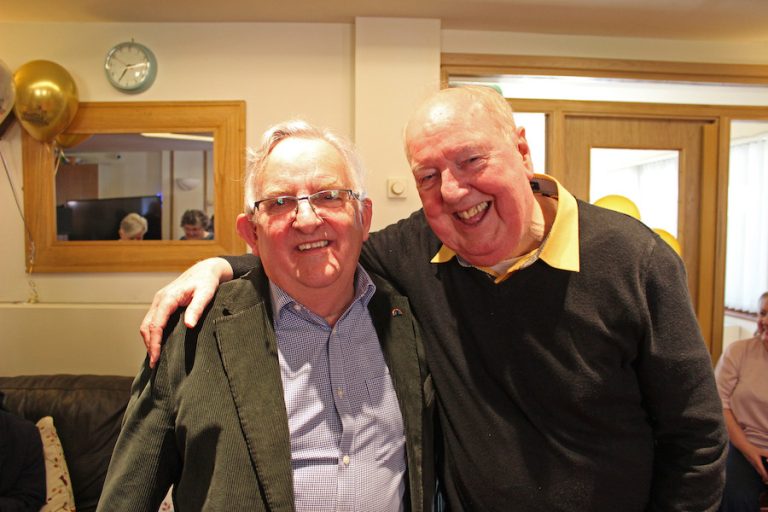
“His presence will be deeply missed” Children’s hospice bids farewell to their visionary CEO

Has Gordon Ramsay created Manchester’s ultimate bottomless brunch?

The Clink celebrates ten years of empowerment and second chances
